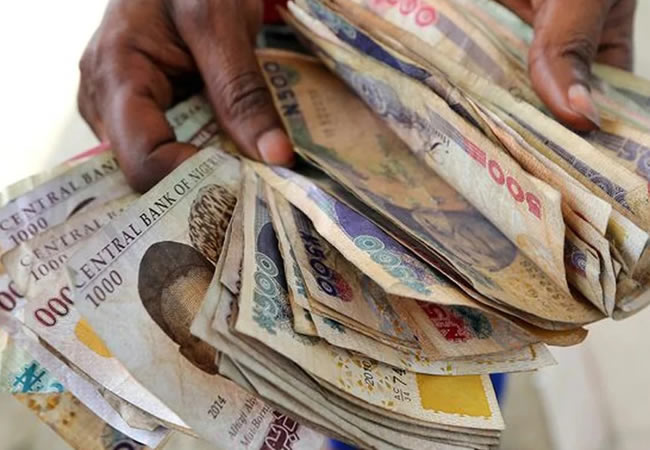Money market rates remained high this week as liquidity pressures persisted in the financial system. Despite some inflows, their impact has been insufficient to significantly affect short-term benchmark interest rates.
On Wednesday, interbank rates continued to hover in double digits, although liquidity deficits eased marginally. Moderate inflows into the banking system provided some relief, improving liquidity slightly after a negative balance of ₦438.02 billion was recorded on Tuesday.
To sustain operations, banks have increasingly turned to the Central Bank of Nigeria’s (CBN) Standing Lending Facility, borrowing at higher rates following adjustments to the Monetary Policy Rate.
These liquidity pressures have pushed short-term benchmark interest rates above 30%, exacerbated by simultaneous primary market auctions of Federal Government of Nigeria (FGN) bonds and Treasury bills.
Net outflows from these auctions further constrained financial system liquidity ahead of anticipated FAAC (Federation Account Allocation Committee) inflows. According to a note by Cowry Asset Limited, the Nigerian Interbank Offered Rate (NIBOR) rose across all maturities on Wednesday, reflecting tighter liquidity conditions.
AIICO Capital Limited also observed a slight improvement in system liquidity but noted that the banking system remained in a deficit. The liquidity shortfall widened for the fifth consecutive day, opening Tuesday at a negative ₦438.02 billion.
Data from the FMDQ platform highlighted that interbank rates stayed elevated. The overnight policy rate (OPR) dropped by 22 basis points to 31.78%, while the overnight lending rate (O/N) fell by 21 basis points to 32.50%.












